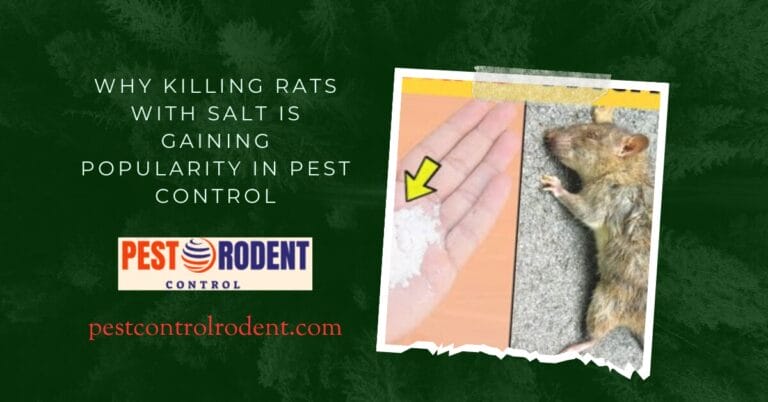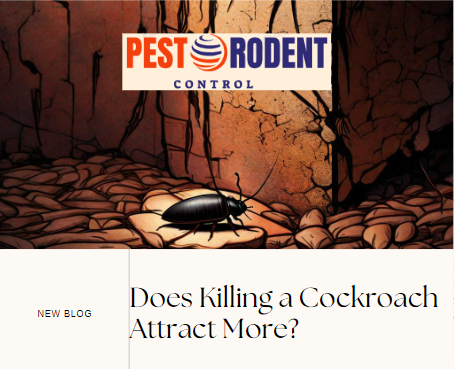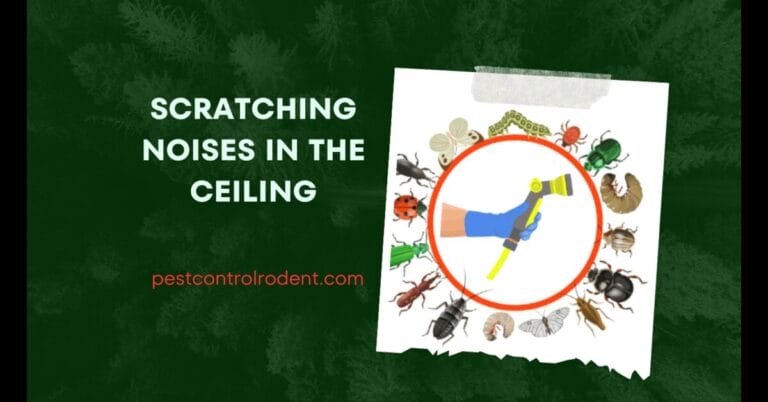Understanding the mystery: do mice usually go upstairs
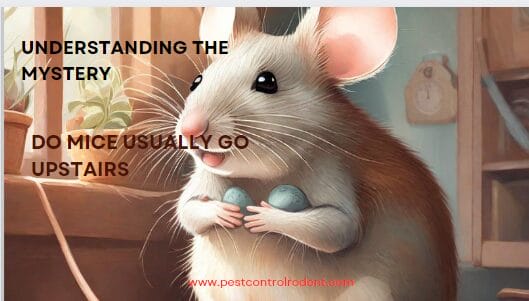
Understanding the mystery: do mice usually go upstairs
The Curious Mystery of Mice Going Upstairs: Exploring the Behavior of Rodents in Your Home
Introduction
Once thought to dwell exclusively in dark, damp corners of our homes, mice have been known to venture into unexpected territories. In this blog post, we delve into the intriguing behavior of mice going upstairs, unraveling the reasons behind this curious phenomenon. Understanding the habits of these tiny creatures is key to effective pest control and promoting harmonious coexistence with nature.
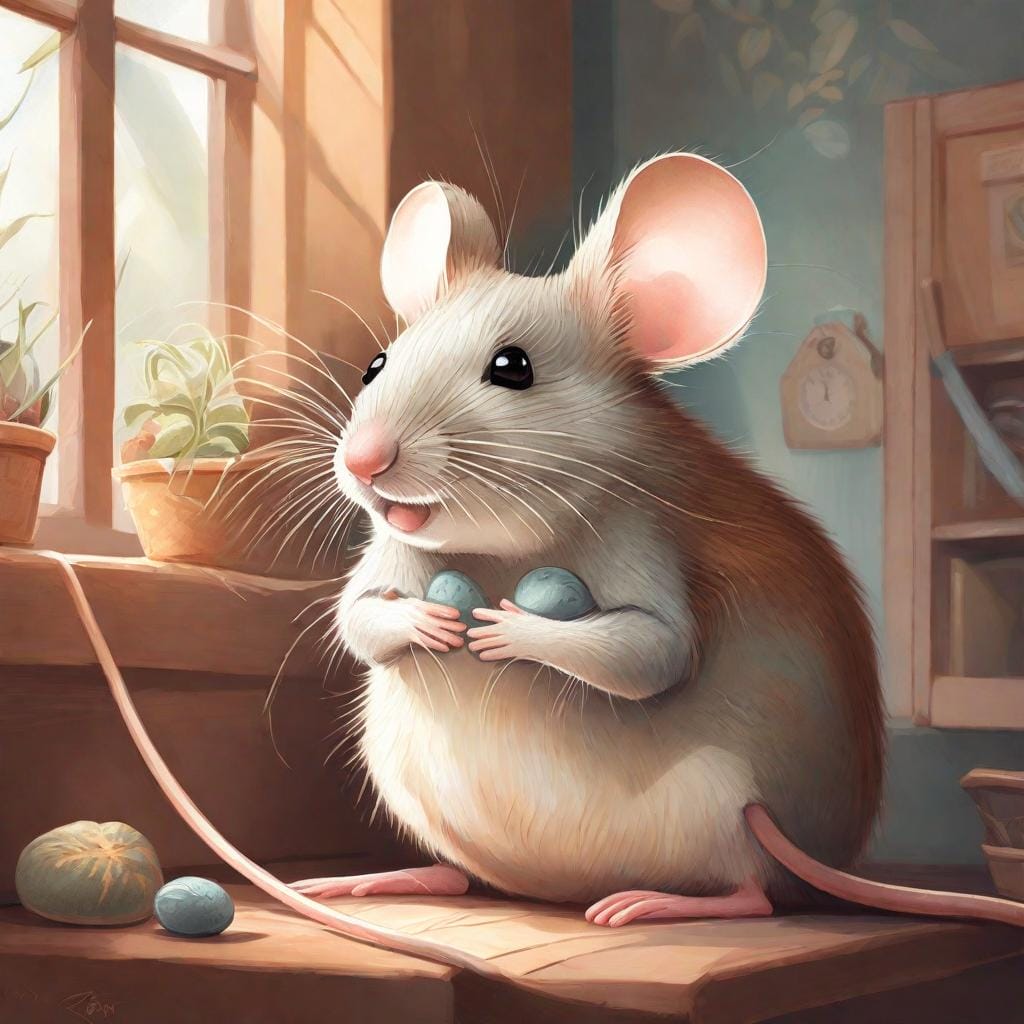
Anatomy of a Mouse
Physical Characteristics
Mice are small rodents with triangular snouts, large ears, and long, thin tails. Their fur can vary in color from light brown to gray, enabling them to blend into various environments.
Senses and Perception
Despite their tiny size, mice possess keen senses of smell, taste, touch, and hearing. Their exceptional sense of smell helps them locate food sources, while their large eyes aid in navigating their surroundings.
Behavioral Patterns
Mice are nocturnal creatures, preferring to forage and explore during the night. They are agile climbers and can easily scale vertical surfaces with their sharp claws.
Habitat Preferences of Mice
Natural Environment vs. Human Dwellings
While mice typically reside in outdoor burrows or nests, the allure of human habitats with easy access to food and shelter often leads them indoors. This shift in habitat preference has prompted mice to adapt to living in urban structures, including venturing upstairs.
Factors Influencing Nesting Locations
Mice are drawn to secluded areas with access to food and water, making attics, basements, and upper floors ideal nesting spots. The warmth and insulation provided by these areas further attract rodents seeking refuge.
Tendencies Towards Vertical Movement
Contrary to popular belief, mice are proficient climbers and may ascend upstairs in search of new territories to explore or potential food sources. Their natural curiosity and exploratory nature drive them to investigate all corners of your home.
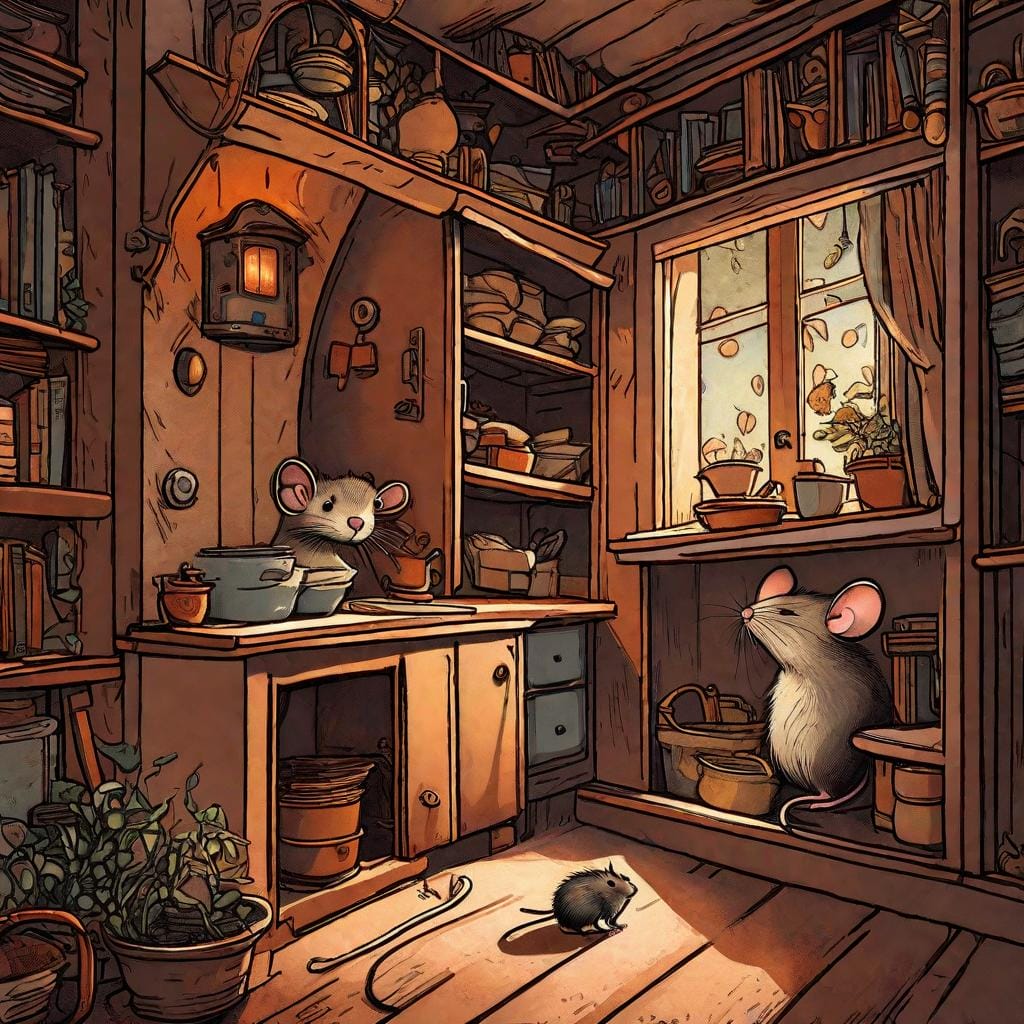
Reasons Why Mice May Ascend Upstairs
Search for Food and Shelter
Mice are opportunistic feeders, scavenging for crumbs, grains, and other edible items. Venturing upstairs allows them to access kitchens, pantries, and other areas where food is stored, making it a prime target for their scavenging activities.
Adaptation to Human Structures
As mice acclimate to living in close proximity to humans, they have learned to navigate our homes with ease. Scaling stairs or climbing through openings gives them access to areas that may offer shelter, warmth, or protection from predators.
Exploration and Curiosity
Curious by nature, mice are constantly seeking new environments to investigate. Going upstairs provides them with a novel setting to explore, allowing them to satisfy their innate sense of curiosity.
Prevention and Control Measures
Sealing Entry Points
To prevent mice from accessing your home, seal off potential entry points like cracks, gaps, and holes in walls, doors, and windows. By blocking these openings, you can effectively deter rodents from invading your living space.
Proper Sanitation Practices
Maintaining cleanliness in your home, especially in areas prone to food spills or crumbs, can help prevent mice from finding a convenient food source. Regularly cleaning and storing food securely can discourage rodents from taking up residence in your home.
Utilizing Humane Deterrents
For those seeking to remove mice from their homes without causing harm, humane deterrents like ultrasonic devices, peppermint oil, or live traps can be effective. These methods encourage mice to leave your premises without resorting to lethal means.
Conclusion
In conclusion, the mystery of mice going upstairs is a fascinating exploration of the adaptive behavior of these rodents in human environments. By understanding their habits and motivations, we can create a more harmonious living space that respects the needs of both humans and wildlife. Remember, coexistence with rodents is possible with the right preventive measures and humane removal practices.

